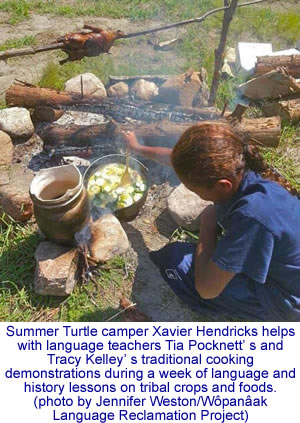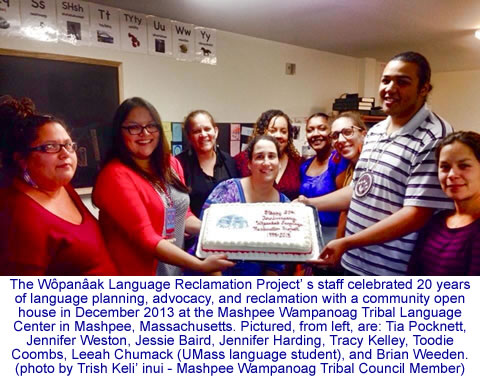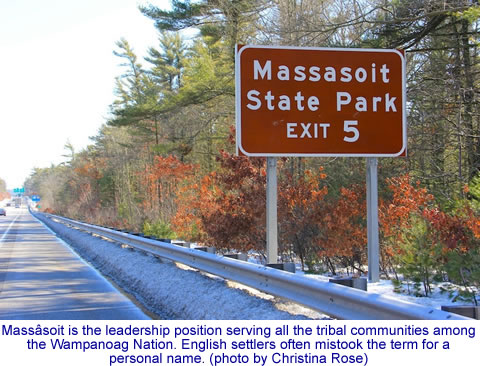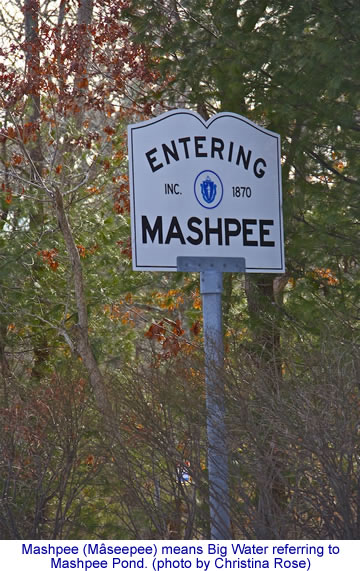 |
Canku Ota
|
 |
|
(Many Paths)
|
||
|
An Online Newsletter
Celebrating Native America
|
||
|
March 2014 - Volume
12 Number 3
|
||
|
|
||
|
Sleeping Language
Waking Up Thanks to Wampanoag Reclamation Project
|
||
|
by Christina Rose -
Indian Country Today Media Network
|
||
|
Tribal members have been signing up for classes with the Wampanoag Language Reclamation Project while families and students have been attending summer language camps. Now plans are underway for the Wampanoag Language Public Charter School, expected to open in August 2015 to serve kindergarten through third grade. Jennifer Weston, charter coordinator, spoke with awe about the changes she's seen. "It's been amazing what has taken place here over the last 12 years. Now there is a generation raising their children as speakers who will never know the language was sleeping." When Weston, Dakota from Standing Rock, South Dakota, first arrived in Massachusetts, she was amazed to see so much of the language represented in daily life, as the names of streets, towns, and rivers. "It really jumped out at me when I first moved here. It's so different from South Dakota, how all of the places here are in the language." Jessie Little Doe Baird, the Wampanoag Language Reclamation Project's founder and director, said it's probably been 100 years since there was a fluent Wampanoag speaker, but already there are 15 people who have measurable speaking abilities. "It speaks to the truly ancient ones, that they are not willing to be forgotten," Weston said. Those ancient ones reached out to Baird, the recently elected vice president of the Mashpee Nation. In 1993, Baird began having dreams in the language she saw on the street and town signs. In one dream, she was told to ask the tribal members if they wanted the language to come back. The answer was a resounding yes.
So, over the last 20 years, the group has provided language instruction to at least 500 people. Today, there are five different Wampanoag classes taught in Massachusetts. Much more is on tap as the immersion school is expected to open next summer. Tia Pocknett, Micmac, linguist and language apprentice with the project, has been studying the language for about three and a half years. "Right now, there are hundreds taking classes, and as of now there are more than 50 kids taking classes. And we have some completely fluent speakers," she said. Before the school can open, they need a building though. "We are looking at a lot of different sites, and by October, we should have a provisional lease," Baird said. She founded the project with help from elder Helen Manning, a Wampanoag educator who was passionate about the history and culture. Finding a place that is accessible to all four Wampanoag communities, the Aquinnah, Mashpee, Assonet, and Herring Pond, will be the biggest challenge. "I think people in general like the idea, but there are concerns. It will be a challenge for people on Martha's Vineyard, (which is an island) especially during the tourist season," said Nitana Hicks, who is Wampanoag and a curriculum and language specialist.
As a charter school, registration may be open to all Cape Codders, not only the tribal communities. Only a few dozen students will be admitted at first, with plans for many more in the future. In order to assure the students are exposed to the language year-round, the school will run all year. Students will still only attend 180 days, but there will be more breaks throughout the year. Core subjects other than English will be taught in Wampanoag.Traditional Wampanoag culture will play an important part in classes. "In June, we will look at the life cycle in the pond, the types of wildlife; and as they build literacy, they will study fishing, weaving, processing and tanning hides," Baird said. "It seems strange to start the year in the fall when the earth is winding down. There are four seasons to cover. "It is a way of reinforcing ways of life and teaching with the core curriculum standards. We are using the immersion school model that a lot have used," Baird said of the model that is in place in 50 tribal schools throughout the country. The biggest challenge to the schools' success will be the proficiency of caregivers at home. Baird explained that parents of all children attending the school will be required to study the language four hours each week. "If the kindergarteners are going to become proficient, then mom and dad have to be proficient too. They have to understand the homework," Baird said. The project, which is an inter-tribal nonprofit organization, is applying for a charter from the Massachusetts Department of Elementary and Secondary Education, Office of Charter Schools. "Our timeline for opening will be determined by the state timeline for approvals. We are following the state process," Weston said. For Baird, the best part about bringing the language back is opening doors for the tribe to understanding their ancestor's stories. "My ability to go back and look at petitions and wills of people that are my blood, and to see their struggles with contact with the non-Natives and the writers of Southern New England history," has been one of the most profound aspects of her journey. "We never lost our ceremonies and dances; they never left our land. But having the language has allowed us to reclaim some answers. It has been wonderful. We have 2,700 tribal members, and it is still a really strong community," Baird said. And the community is growing. According to Hicks, "2012 was a big year for Wampanoag Nation growth. There were a huge number of babies born, and this year, there will be a new wave of language learners." |
|
|
|
||
|
|
||
| Canku Ota is a free Newsletter celebrating Native America, its traditions and accomplishments . We do not provide subscriber or visitor names to anyone. Some articles presented in Canku Ota may contain copyright material. We have received appropriate permissions for republishing any articles. Material appearing here is distributed without profit or monetary gain to those who have expressed an interest. This is in accordance with Title 17 U.S.C. Section 107. | ||
|
Canku Ota is a copyright ©
2000 - 2014 of Vicki Williams Barry and Paul Barry.
|
||
 |
 |
|
|
The "Canku
Ota - A Newsletter Celebrating Native America" web site and
its design is the
|
||
|
Copyright ©
1999 - 2014 of Paul C. Barry.
|
||
|
All Rights Reserved.
|
||
 It's
been more than 300 years since Wampanoag was the primary spoken
language in Cape Cod. But, if Wampanoag tribal members keep their
current pace, that may not be true for much longer.
It's
been more than 300 years since Wampanoag was the primary spoken
language in Cape Cod. But, if Wampanoag tribal members keep their
current pace, that may not be true for much longer.
 Finding
teachers proficient in the language is sure to be another challenge.
"We are looking for teachers from the four different Wampanoag communities,"
Pocknett said.
Finding
teachers proficient in the language is sure to be another challenge.
"We are looking for teachers from the four different Wampanoag communities,"
Pocknett said. The
schools will follow the Massachusetts state framework using traditional
Wampanoag content, and will merge the two into an 11-month program
rather than the standard nine months. The program matches state
standards and are Wampanoag appropriate, according to Hicks.
The
schools will follow the Massachusetts state framework using traditional
Wampanoag content, and will merge the two into an 11-month program
rather than the standard nine months. The program matches state
standards and are Wampanoag appropriate, according to Hicks.